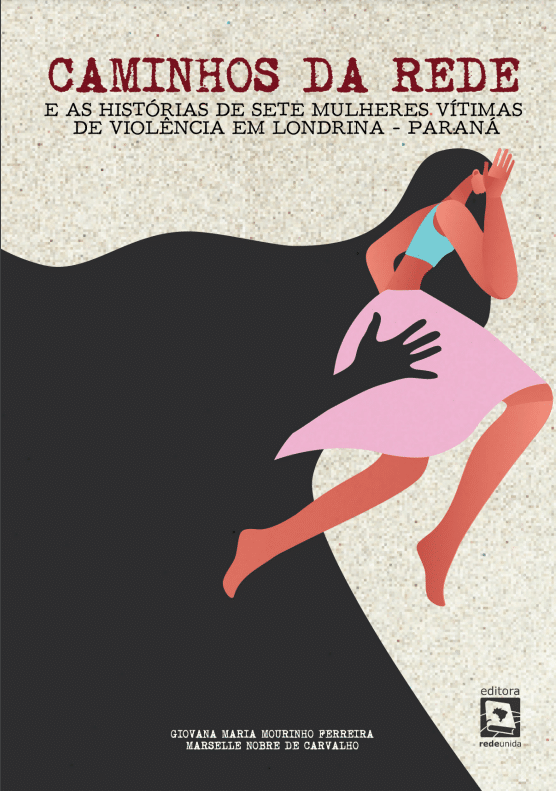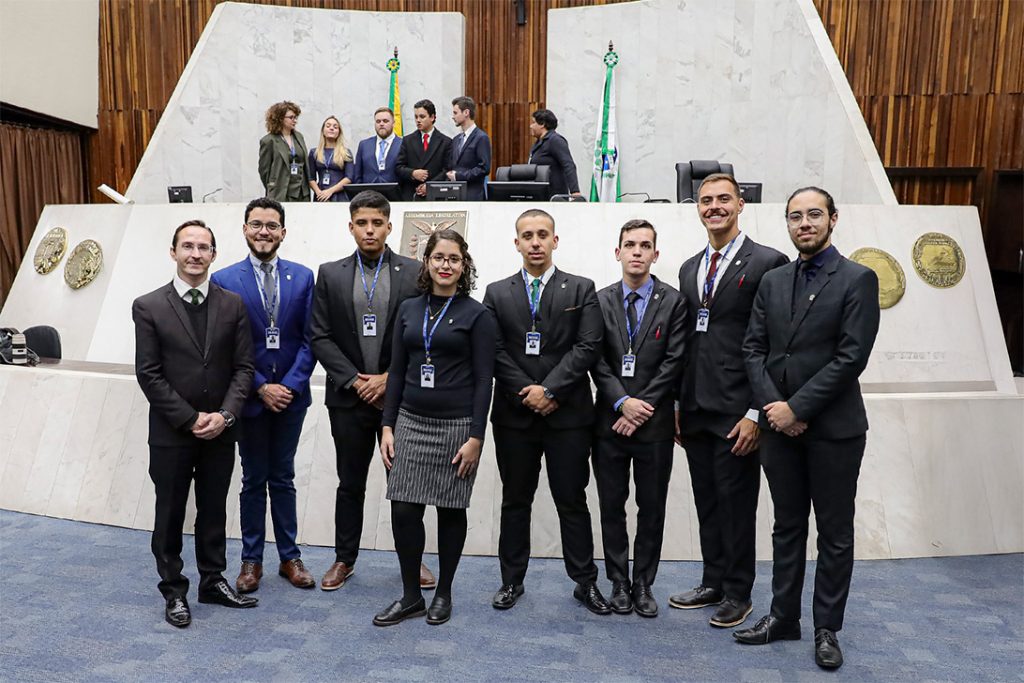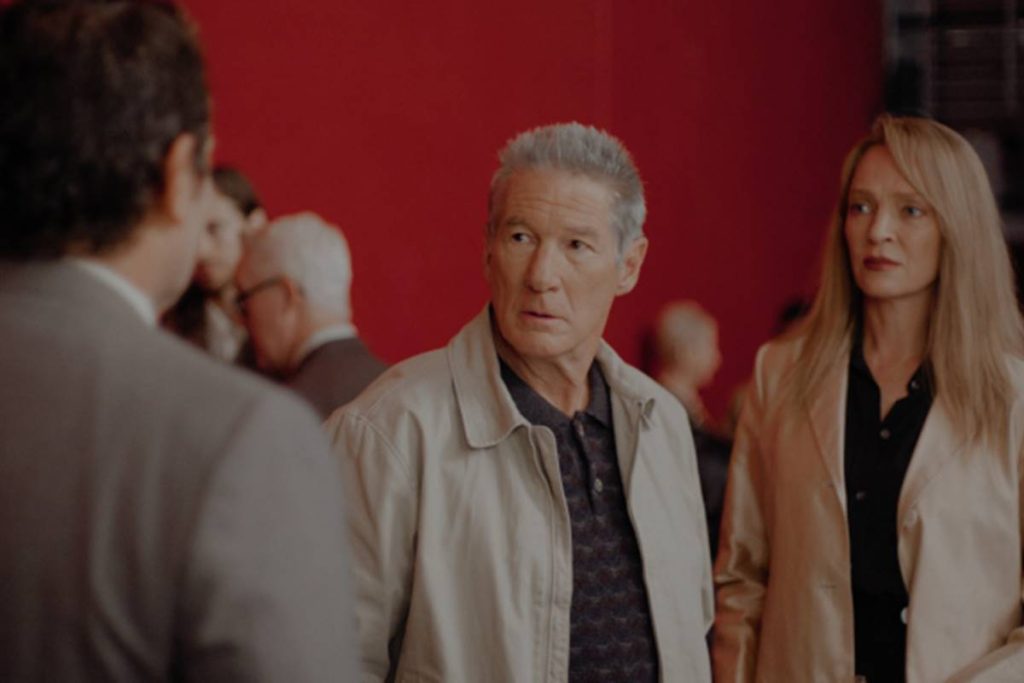[EN] Remote ruler and compass
[EN] Remote ruler and compass
Matéria originalmente publicada em português no Jornal Notícia, edição nº 1419. Traduzida para o inglês pela equipe do Centro de Escrita.Professor Maria Bernardete Barison, from the Department of Mathematics (CCE), found herself, along with all the teaching community, suddenly prevented from teaching her classes normally due to the Covid-19 pandemic and the consequent need for isolation. In 2020, she taught Technical Drawing to the first year of the Agronomy course. “At the time, we were taken by surprise. At home, I kept thinking about alternatives and waiting for guidance and ideas from my colleagues,” she says. Professor Maria Bernardete concluded that she needed to quickly find a methodology that would replace in-person classes.
So, based on dialogues and the exchange of initiatives with other professors in virtual groups, she conceived the teaching project “Immigration of Technical Drawing Classes to the Remote Model”, which began at the end of 2020. The professor says she was racing against time in order to reduce the impact of missing classes. “But how to do it?” she asked, considering that her subject required the use of instruments (such as rulers, compasses and set squares) and appropriate software. And not every student had these at home.
Although the reality had caught everyone off guard, professor Maria Bernardete had been familiar with the Moodle platform since her PhD (completed in 2015 at University of São Paulo [USP]), as well as the two Virtuel meetings held in 2020 and 2021, precisely to discuss teacher education for remote teaching at UEL.
The professor decided to record video lessons and make them available on Google Classroom, a platform created by Google to manage the teaching and learning process. It is an interactive virtual space with several useful tools. According to her, the need to continue teaching required quick answers, without the possibility of previous theoretical studies. So much so that she set up a “studio” in her own home. Ingeniously, she installed a smartphone above her so that she could focus the table and drawings. There are dozens of lessons.
As the project went further, the professor produced lessons not only for the Agronomy course, but also for Civil Engineering (Descriptive Geometry subject) and Graphic Design (Geometric Drawing subject), with common and specific content for each course. Classes were asynchronous, meaning students could attend whenever it suited them. “We had students who worked all day and could watch in the evening.” In addition to the videos, the professor held meetings to answer questions, supplement content and give and receive feedback from students.
Adjustments
This feedback came from the virtual meetings, but mainly from the questionnaire evaluation applied by the professor. In 2020, 127 of the 160 students responded, which led the professor to make some adjustments to the video lessons, such as reducing their length (which was up to 50 minutes, like a conventional lesson) and the number of proposed exercises. Reducing it by half seemed more appropriate in the end. The students also approved of the asynchronous classes and the main complaint was the lack of time and motivation, considering the change of environment. “It’s not always best to do it at home,” says Maria Bernardete. Still, almost 80% of the students approved the model, and more than that said they assimilated content with it.
Theoretical and practical classes, which started out separate, were brought together, reduced in time and exercises. As for practice, students made drawings by hand, took photographs and submitted them in .pdf format or did them on the computer (from 2021 on) and submitted them through the virtual learning environment. The students said they would prefer to have the right to choose, and the professor said that, in her perception, the majority preferred the computer.
The overall evaluation, in short, was positive and reflected in the students’ performance: their grades increased. As for the negative aspects, the coordinator points out that more technical support would be needed, for example, to produce videos with voice-over narration. She would also like a tutor to help with corrections and interact with the students.
Closing
Maria Bernardete reports that she presented the project at the 20th edition of the International Conference on Geometry and Graphics (ICGG), held remotely in August last year at USP, and that she published a chapter in the event’s proceedings.
The project ends in December 2023 and, according to the coordinator, it has fulfilled its objective — to produce the lessons, which will be available for future classes and professors. She is on paid leave and is awaiting the end of the retirement process.
Tradução: Lívia Seneda e Loriane Santana. Equipe do Centro de Escrita (CE).
Matéria originalmente publicada em português na edição nº 1419 do Jornal Notícia: Régua e compasso remotos.




